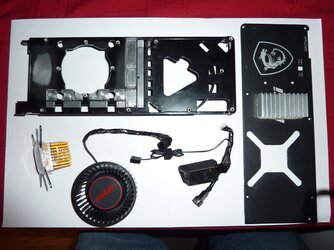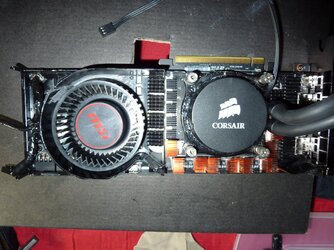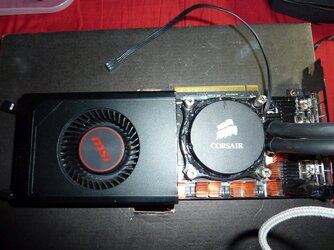Nice, glad you're getting better clocks to boot. Was this one an epoxied die, or another bare one? I'm guessing if you feed it more voltage it will clock much higher, but it looks like you're approaching thermal limitations right now.
I finally got to spend some serious time gaming and got some things dialed in. My HBM was crashing in games at 1150MHz, though it still seems stable for benching, and it was causing freeze/stutters above 1050MHz (like it was about to crash but didn't). Working on all around stable clocks as well. I used the % slider and went to +0.5% (this is with the liquid cooling bios) which set P7 @ 1757MHz and 1250mV and P6 @ 1677MHz and 1150mV. I think it's important to have both P6 and P7 adjusted, because the card actually seems to spend most of its time between the two, never actually reaching P7. Rather than winging it, I just used the % slider. When I tried 1% I noticed the texture artifact (where textures will take a long time to load and things randomly are blurry), so I backed it off. It was stable on these settings through a pretty solid Mass Effect Andromeda sesh today.


